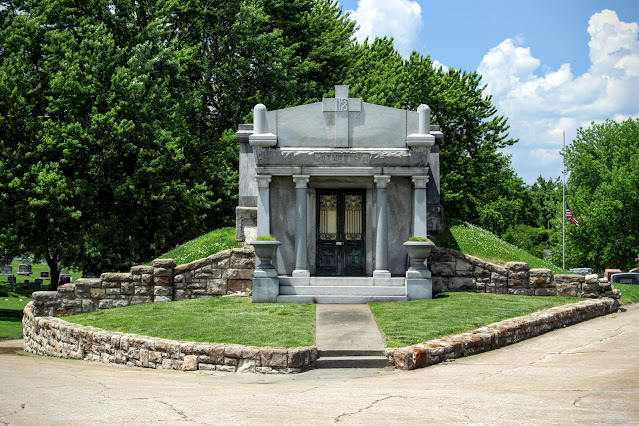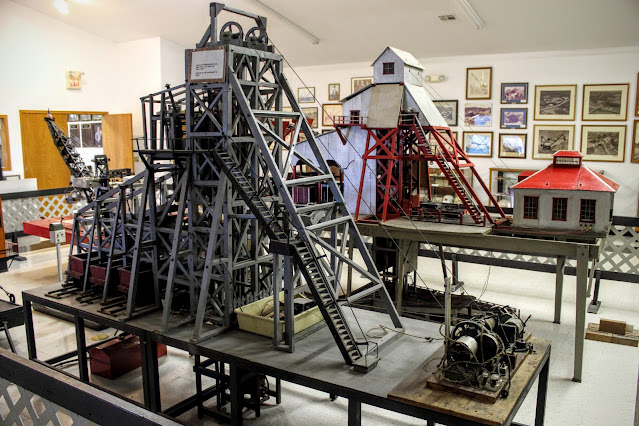One of the more unique landmarks in Kansas City is the Forest Hill Abbey. The magnificent architectural piece was never really an abbey, being built as a mausoleum within the Forest Hill / Calvary Cemetery complex. The cemetery is not quite as interesting as others, but does store the souls of quite a few celebrities from the history of Kansas City.
One can find interesting folks like the Greenlease Family; somewhat of a Shakespearean tragedy of sorts. Robert C Greenlease Sr was one of the most successful entrepreneurs of his era. Working in early Kansas City repair shops, he invented his own car, the Kansas City Hummer, and went on to host the first Cadillac franchise west of the Mississippi. His life was overshadowed by the kidnapping and subsequent murder of his son though.
Uriah S Epperson rests there too; probably not as well known as business rival William Rockhill Nelson, but he played an equally prominent part in nearly every aspect of the social, cultural, and political development of the City during the early 1900s. He organized a couple of different Underwriting groups, was the the driving force behind promoting Convention Hall, and owner of the reportedly now-haunted Epperson House at E 51st Street and Cherry in MidTown. The ghost is not his. That is a whole other story.
Satchel Paige is probably one of the most famous I have discovered so far, who is not buried in the Abbey. The Hall of Fame Negro and Major League Baseball Player played for the Kansas City Monarchs negro baseball team from 1935 to 1936 and again from 1939 to 1948, 1950 and 1955. Returning to the pitcher mound again in 1965 for the Kansas City Athletics, he was the oldest man to throw a pitch in a Major League Baseball, and went on to pitch for 3 innings. He was the first play from Negro Leagues to be inducted into the Baseball Hall of Fame.
. . .
further reading
























